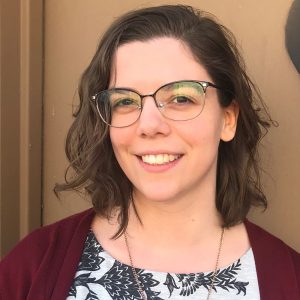Question 2 on this November’s ballot increases revenue for education by $159 million a year. The state would distribute revenue raised through the existing state funding formula, and state funding would reach 55 percent of statewide education costs, a funding benchmark Maine voters mandated in 2004. Fully 94 percent of Maine students live in districts likely to receive increased state funding if Question 2 passes. Question 2 would provide adequate funding of Maine schools and help communities invest in quality education.
In 2006, Maine adopted an education funding system intended to provide adequate resources for schools to achieve learning results while promoting equity in the distribution of resources among districts. The legislature based the funding formula on a three-step process:
Step 1: Determine education costs
The state estimates the total cost of teachers, administrators, facilities, and supplies that each district will need to achieve state learning standards. This includes the costs of pre-kindergarten, vocational-technical, and career and college readiness programs. Together these costs are called ‘essential programs and services’ (EPS). Some students, like those with limited English proficiency, special education students, and low-income students, require more resources to achieve learning standards, and the formula apportions more funds for these students to account for their higher cost of learning. Because this formula only determines costs necessary to meet learning standards, it does not include certain costs like sports programs and school lunch in the cost estimates, which schools must fund by other means.
Step 2: Calculate local property tax contribution based on the availability of state funds
As part of the state budgeting process, lawmakers appropriate funds for education. The difference between what is required to fund EPS costs and what the state provides is the amount localities must raise from property taxes. Passage of a 2004 ballot initiative requires the state to fund 55 percent of the total statewide cost of education, though the current state share is less than 48 percent. Based on statewide property valuation (the statewide total of all taxable property, the state then calculates a statewide property tax rate required to fund schools at the local level.
Step 3: Allocate state funds based on each town’s ability to cover education costs
To determine the amount of state funding each school district receives, the state compares expected local revenue from applying the statewide property tax rate, against the local share of EPS costs. High property value towns that are able to raise the total local EPS cost with a property tax rate lower than the one required by the state receive a smaller share of funding from the state relative to total costs. Districts that are unable to fund their EPS costs with the required property tax rate receive a greater share of funding from the state. This adjustment is an important reason why Maine is considered to have one of the more equitable funding systems for education in the country.
Opposition to the initiative points to a list of small districts that will not receive additional funding if Question 2 passes. The districts they cite are high property value towns that educate less than 6 percent of all Maine students and are able to raise more than EPS costs with the statewide property tax rate. These districts spent an average of 46 percent over EPS costs in 2015.
By contrast, the districts that would obtain increased funding if Question 2 passes currently spend an average of only 14 percent over EPS cost in 2015. These towns would receive additional funding based on the funding formula’s assessment of student need and local ability to pay, ultimately improving funding equity for the 94 percent of students who attend school in these districts.
The additional funding that Question 2 raises would strengthen the funding formula’s ability to increase funding for low property value towns and allow local revenue to increase funding dedicated to regular instruction or after school programs not covered under EPS. Question 2 would provide more financial support to assure that all students, regardless of where they live, get the solid education they will need to succeed and prosper.



